The End of an Era: The Cape Romano Dome House
The Cape Romano Dome House, once a testament to architectural innovation and resilience against Florida’s harsh weather conditions, has captivated the imaginations of both locals and visitors near Marco Island for decades. This iconic structure, known for its futuristic design and environmental sustainability features, faced its final chapter during Hurricane Ian in 2022. In this article, we delve into the history, architectural significance, and ultimate fate of this unique landmark.
A Visionary Design
Constructed in 1982 by retired oil producer Bob Lee, the Dome House was designed not just as a vacation home for his family but as a beacon of sustainable living. Comprising six interconnected domes, this structure showcased an ingenious approach to architecture that was both aesthetically pleasing and functionally resilient against the elements.
- Innovative Construction: Built with rebar and concrete, and coated with gunite, the domes were designed to withstand high winds and storms. This choice of materials and the dome shape minimized damage from hurricanes, a frequent threat in the region.
- Sustainable Features: Lee incorporated solar panels, a rainwater collection system, and other sustainable solutions, making the Dome House a model of self-sufficiency.
The Battle with Nature
Despite its sturdy construction, the Dome House could not escape the relentless forces of nature. Situated on the shifting sands of Cape Romano, the house gradually moved closer to the water’s edge due to erosion. Hurricane Andrew in 1992 damaged the interior significantly, although the structure remained intact. Over the years, the advancing sea transformed the once land-bound domes into a partially submerged curiosity.
- Erosion and Storms: The house’s battle with erosion and storms highlights the challenges of coastal construction and the impermanence of human-made structures against nature’s might.
The Final Days
The passage of Hurricane Ian marked the final chapter for the Dome House. The storm’s destructive power led to the collapse of this once-iconic structure into the Gulf of Mexico. This event underscored the Dome House’s decades-long struggle against environmental forces and the eventual reclaiming of the land by the sea.
- Collapse: The destruction of the Dome House by Hurricane Ian served as a poignant reminder of the power of natural forces and the end of a landmark that had fascinated many.
Legacy and Lessons
The story of the Cape Romano Dome House is more than just the tale of a building; it’s a narrative about human ingenuity, the struggle against nature, and the transient nature of our creations. It also serves as a case study in sustainable design and the challenges of coastal living.
- Architectural Innovation: The Dome House remains a symbol of innovative design, blending aesthetics with functionality and sustainability.
- Environmental Awareness: Its history prompts a reflection on the impact of climate change and the need for sustainable practices in construction.
- Cultural Impact: The Dome House has left an indelible mark on the community, inspiring discussions about architecture, sustainability, and the environment.
Cape Romano Dome House
The Cape Romano Dome House’s journey from a visionary project to a victim of climate change and coastal erosion encapsulates the challenges of building in harmony with nature. Its legacy, however, continues to inspire discussions on sustainable living, architectural innovation, and the human spirit’s resilience. As we move forward, the lessons learned from the Dome House can inform future efforts to create structures that not only withstand the elements but also exist in harmony with the environment.
Platinum Real Estate Dan Skelly
It's Nice to Share











































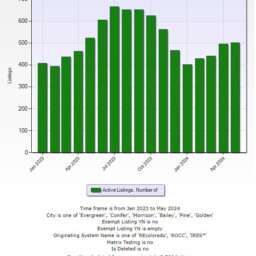



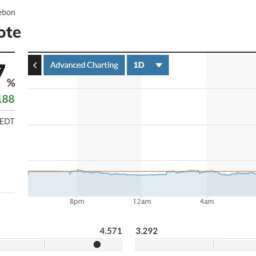






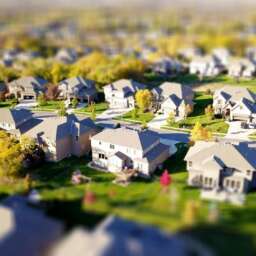

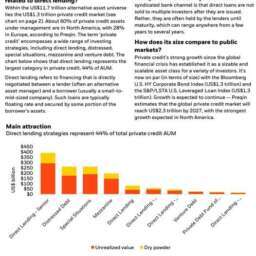










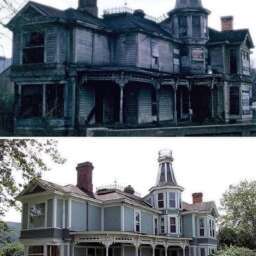
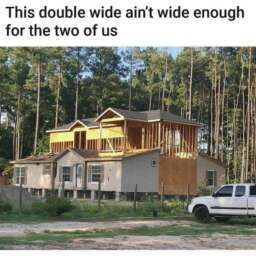

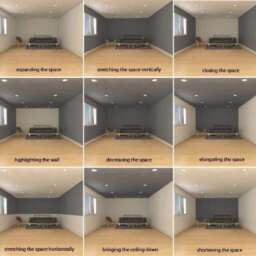
















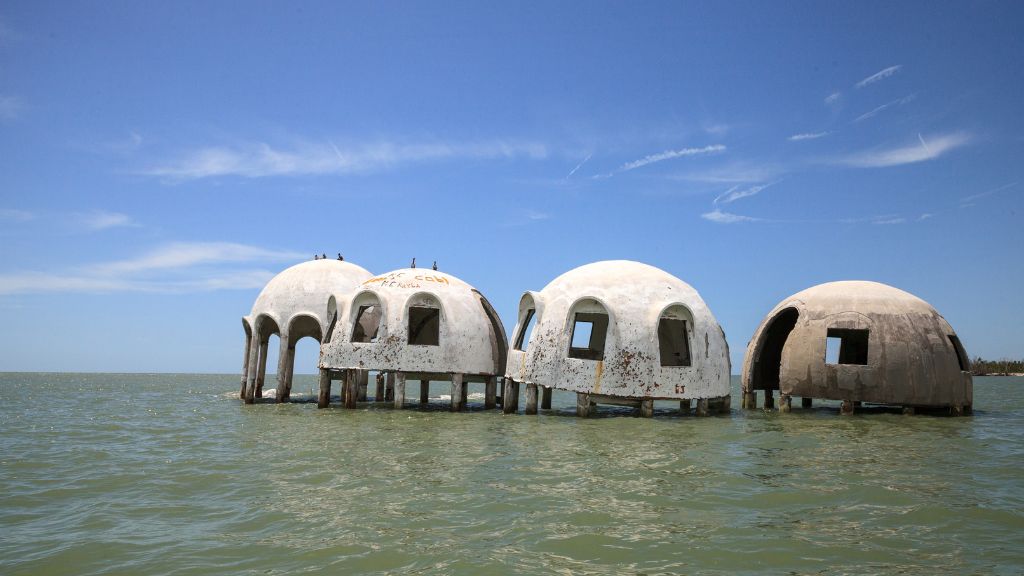
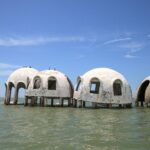
Comment, Write a Blog Post, Create Groups, Get Seen!
Comments, Opinions and Facts Go Here...👇